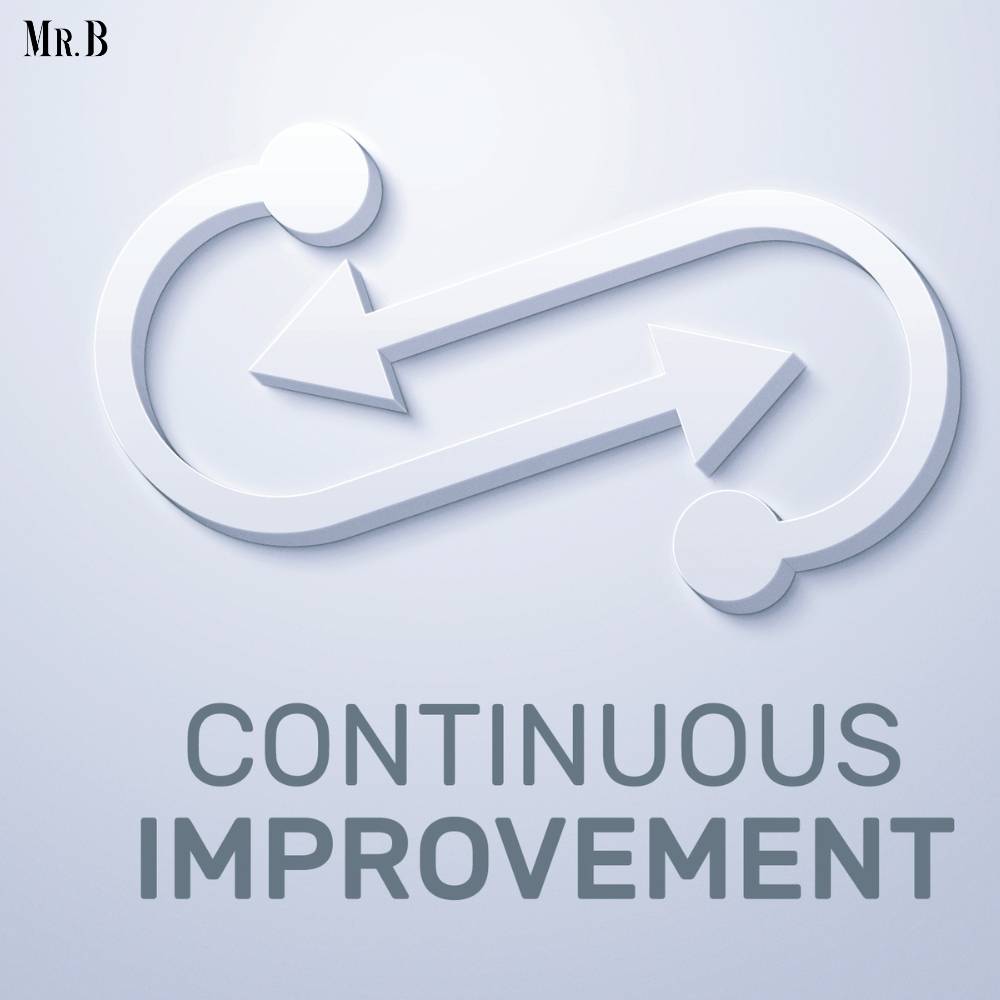Six sigma is a set of tools or techniques to improve the business process. One methodology that has proven instrumental in this pursuit is Six sigma, a data-driven approach aimed at minimizing defects and variations in processes. This article delves into the intricate relationship between Six sigma and effective decision-making, unraveling the six key points of the Six Sigma methodology and illustrating their application in resolving business concerns. Amidst various methodologies designed to enhance efficiency and quality, it stands out as a beacon of systematic precision and data-driven excellence.
Understanding Six Sigma: A Holistic Approach to Improvement
Six Sigma is not merely a quality management strategy; it’s a cultural shift that permeates every level of an organization. Rooted in the concept of reducing process variation, it relies on statistical methods and data-driven insights to enhance process efficiency and product quality.
The Six Pillars of Six Sigma:
1. Define: Establishing Clear Objectives:
At the core of Six Sigma is the Define phase, where the project’s scope, goals, and deliverables are articulated. This initial step is crucial in aligning organizational objectives with customer expectations, ensuring a laser-focused approach to problem-solving.

2. Measure: Quantifying Process Performance:
Once the objectives are defined, the Measure phase kicks in. Here, the emphasis is on collecting relevant data to gauge the current state of the process. Statistical tools are employed to measure key performance indicators (KPIs), providing a baseline for improvement initiatives.
3. Analyze: Identifying Root Causes:
Armed with data, the Analyze phase aims to uncover the root causes of process inefficiencies or defects. Statistical analyses, such as regression analysis and hypothesis testing, enable teams to pinpoint the factors contributing to variations and identify areas for optimization.
4. Improve: Implementing Solutions:
In the Improve phase, targeted solutions are developed and implemented to address the identified issues. This phase is marked by innovation and the application of best practices, with a keen focus on achieving measurable and sustainable improvements.
5. Control: Sustaining and Monitoring Changes:
The Control phase ensures that the improvements implemented are sustained over time. Robust monitoring mechanisms, such as control charts and ongoing data analysis, are put in place to detect deviations and enable timely corrective actions.

6. Verify: Ensuring Lasting Results:
The Verify phase is the final checkpoint, confirming that the implemented changes have resulted in the desired outcomes. Through comprehensive data analysis and performance evaluations, the effectiveness of the improvements is validated, providing closure to the Six Sigma project.
The Six Sigma Advantage in Decision-Making:
1. Enhanced Data-Driven Decision-Making:
Six Sigma fosters a culture of rigorous data collection and analysis. This data-centric approach equips decision-makers with accurate insights into process performance, enabling informed and strategic decision-making aligned with organizational goals.
2. Risk Mitigation and Problem Prevention:
By addressing root causes through the Analyze phase, it helps in proactively identifying potential risks and preventing recurring issues. This risk mitigation aspect contributes significantly to effective decision-making by minimizing unforeseen challenges.
3. Resource Optimization:
The Improve phase of Six Sigma is dedicated to optimizing processes for efficiency. This translates to resource optimization, ensuring that decisions are grounded in a thorough understanding of how to allocate resources effectively to achieve optimal results.
4. Consistency in Outcomes:
Through the Control phase, it ensures that improvements are sustained, leading to consistent and predictable outcomes. This consistency provides decision-makers with confidence in the reliability of processes, facilitating better long-term planning.
5. Customer-Centric Decision-Making:
Six Sigma’s Define phase places a strong emphasis on understanding customer needs and expectations. Decision-makers, armed with insights into customer requirements, can align their strategies to enhance customer satisfaction, ultimately driving business success.
Case Study:

Consider a manufacturing firm facing a persistent issue of defects in its production line, resulting in increased rework costs and customer dissatisfaction. Applying the Six Sigma methodology:
- Define:
Clearly outline the problem, set specific goals to reduce defects, and align objectives with customer expectations.
- Measure:
Collect data on defect rates, identify key performance indicators, and establish a baseline for improvement.
- Analyze:
Conduct a root cause analysis to identify factors contributing to defects, such as machine malfunctions or inconsistent raw materials.
- Improve:
Implement targeted solutions, such as upgrading machinery and refining quality control processes, to address the identified root causes.
- Control:
Introduce robust monitoring systems to track defect rates continuously, ensuring that improvements are sustained over time.
- Verify:
Validate the success of the improvements by comparing current defect rates to the baseline, confirming a significant reduction in defects and cost savings.
Conclusion:
Six Sigma serves as a powerful catalyst for better decision-making in business. By embedding a culture of continuous improvement and providing a structured methodology for problem-solving, it equips organizations with the tools needed to make informed, data-driven decisions. The six points of the Six Sigma methodology synergize to address business concerns systematically, fostering a resilient and adaptive approach to decision-making in today’s competitive business landscape. Embracing it is not just a choice; it’s a strategic imperative for organizations aspiring to reach new heights of operational excellence and success.







